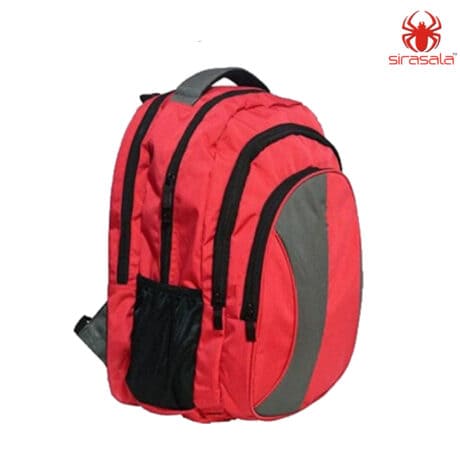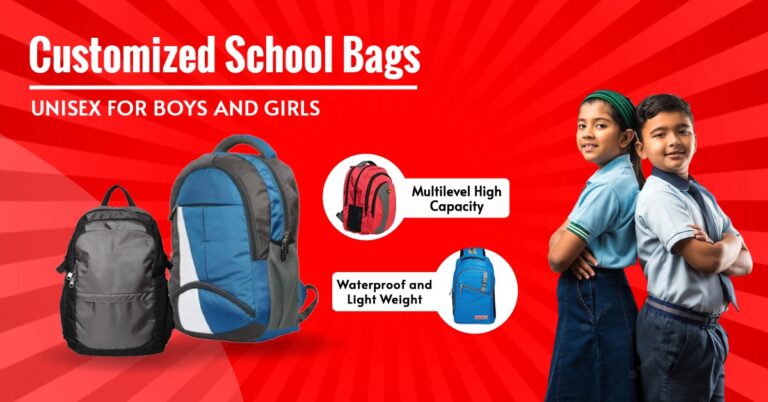Advantages of Wearing School Uniforms :
School uniforms have long been a topic of debate among educators, parents, and students themselves. While some argue that uniforms restrict individuality and self-expression, others believe that they bring numerous benefits to the educational environment. In this blog post, we will explore the advantages of wearing school uniforms and why they continue to be implemented in schools worldwide.
1. Fosters a Sense of Belonging and Equality:
One of the primary advantages of school uniforms is that they create a sense of belonging and equality among students. When everyone is dressed in the same attire, regardless of their socioeconomic background, it eliminates visible distinctions between students and promotes a sense of unity within the school community. This can help reduce bullying, peer pressure related to fashion choices, and the feeling of being left out due to clothing differences.
2. Enhances School Safety and Security:
School uniforms contribute to the overall safety and security of the school environment. With everyone dressed uniformly, it becomes easier for school staff and security personnel to identify intruders or unauthorized individuals on campus. Uniforms also eliminate the possibility of gang-affiliated or inappropriate clothing being worn, reducing the potential for conflicts or violence related to attire.
3. Promotes Discipline and Focus:
By wearing uniforms, students are encouraged to adopt a more disciplined approach towards their studies. The act of dressing in a specific way for school can instill a sense of seriousness and focus on academic activities. Uniforms create a distinction between school life and personal life, helping students mentally transition into a learning mindset when they put on their uniform each morning.
4. Minimizes Peer Pressure and Bullying:
School uniforms can alleviate the pressures of fitting in and reduce the occurrence of bullying based on clothing choices. When everyone is wearing the same outfit, there is less opportunity for students to be singled out or judged based on their fashion sense or ability to afford trendy clothing. This can lead to a more inclusive and accepting school environment where students are valued for their character and achievements rather than their appearance.
5. Simplifies Dress Code Compliance:
Implementing a school uniform policy simplifies the enforcement of dress codes. It eliminates the need for teachers and administrators to constantly monitor and address inappropriate or distracting clothing choices. This allows educators to focus more on teaching and maintaining a productive learning atmosphere rather than being preoccupied with enforcing dress regulations.
6. Instills a Professional Attitude:
School uniforms prepare students for the professional world by cultivating a sense of professionalism from an early age. By wearing a uniform, students understand the importance of presenting themselves in a neat and orderly manner, which can translate into future career success. This helps students develop a mindset that values professionalism, punctuality, and overall responsibility.
7. Reduces Distractions and Peer Pressure:
In a non-uniform school setting, students often face distractions and peer pressure related to fashion trends. Wearing school uniforms eliminates this source of distraction, allowing students to focus on their studies and extracurricular activities. It removes the constant worry of keeping up with the latest fashion trends, which can be financially burdensome for some families. Instead, students can concentrate on their academic pursuits and personal growth.
8. Encourages School Spirit and Pride:
School uniforms can foster a sense of school spirit and pride. When students wear the same uniform, they become representatives of their school. This unity can lead to a stronger sense of identity and affiliation with their educational institution. Students may feel a greater pride in their school, leading to increased participation in school activities, events, and a stronger sense of community.
9. Simplifies Morning Routine and Decision Making:
Uniforms simplify the morning routine for both students and parents. With a clear dress code, students don’t have to spend time contemplating what to wear each day, reducing morning stress and ensuring they arrive at school on time. For parents, it eliminates arguments and negotiations over appropriate clothing choices. This streamlined approach to dressing can create a smoother start to the day and contribute to a positive mindset for learning.
10. Equalizes Socioeconomic Differences:
Uniforms help level the playing field and reduce the prominence of socioeconomic differences among students. In schools without uniforms, students from lower-income families may feel self-conscious or excluded due to their inability to afford fashionable clothing. School uniforms ensure that all students are dressed uniformly, preventing such disparities and promoting inclusivity within the student body.
11. Builds a Sense of Tradition and Identity:
School uniforms often represent a longstanding tradition and can contribute to a school’s identity. Students become part of a legacy and feel a connection to previous generations of students who also wore the same uniform. This sense of tradition can enhance a school’s culture and create a sense of belonging that extends beyond the individual’s time at the institution.
Conclusion:
While opinions on school uniforms may vary, it is evident that they offer several advantages that contribute to a positive educational environment. From promoting a sense of belonging and equality to enhancing safety and discipline, school uniforms can create a conducive atmosphere for learning and personal development. It is important for schools and communities to carefully consider the potential benefits of implementing a uniform policy while also being mindful of the need for individual expression and identity.


